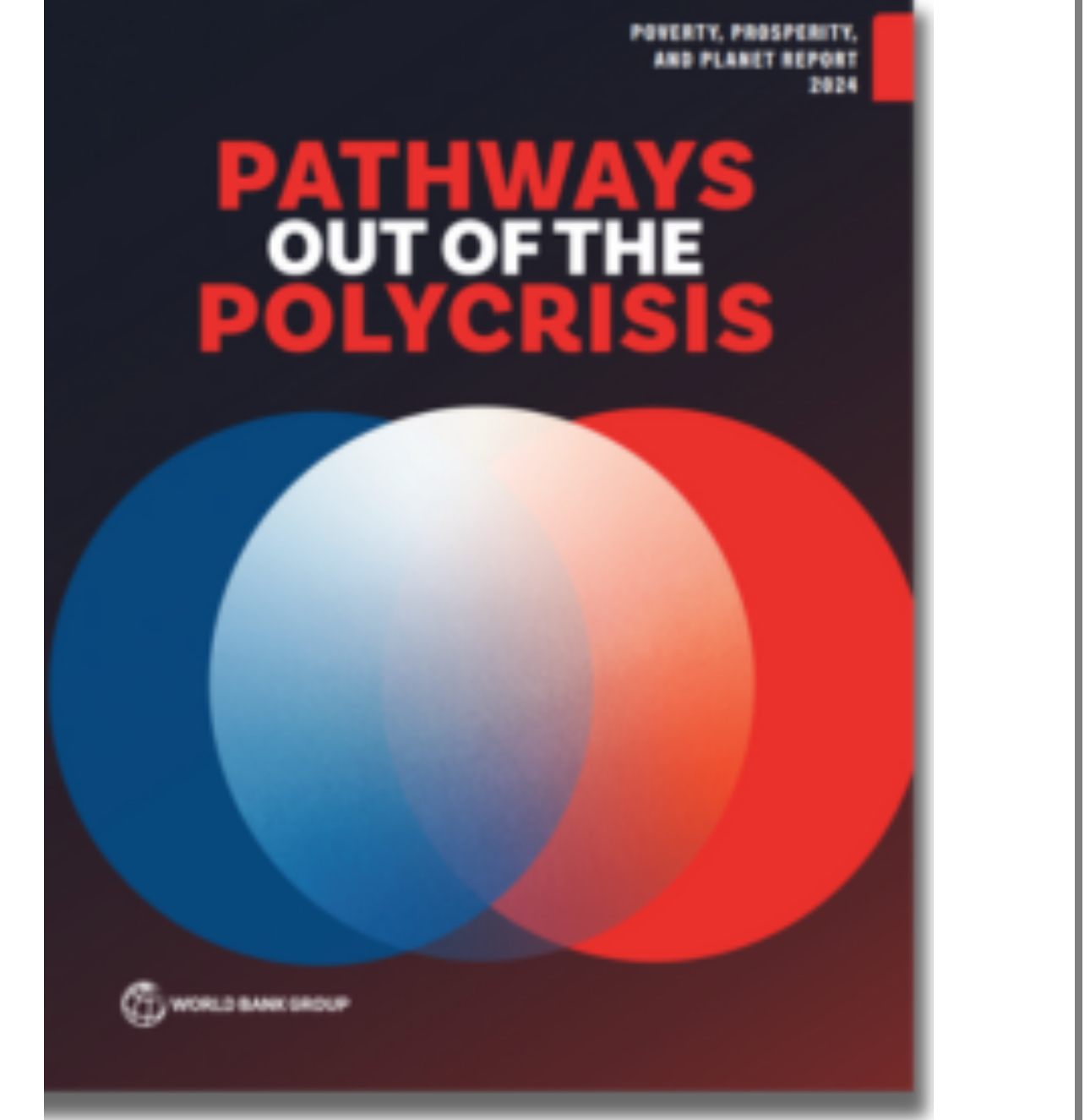New Study Shows Isometric Exercises Effective for Lowering Blood Pressure

London — In a breakthrough discovery, researchers from Canterbury Christ Church University’s School of Psychology and Life Sciences in England have found that isometric exercises, also known as static exercises, may be the most effective way to lower blood pressure. The study, published in the British Journal of Sports Medicine, challenges existing exercise guidelines that mainly focus on aerobic or cardio exercises for blood pressure management.
Isometric exercises involve engaging muscles without movement, such as wall squats and planks. During isometric muscle action, muscles contract without changing length, and the joints remain stable without movement. This type of exercise has been found to facilitate the prevention and treatment of hypertension or high blood pressure.
The researchers conducted a comprehensive meta-analysis of 270 trials with 15,827 participants, examining various exercise interventions lasting two or more weeks. The results showed that isometric exercise led to the greatest reductions in both systolic and diastolic blood pressure, surpassing other exercise types like aerobic exercise, dynamic resistance training, high-intensity interval training (HIIT), and a combination of aerobic and dynamic resistance training.
Specifically, isometric exercises were found to lower systolic pressure by 8.24/4 mmHg and diastolic pressure by 2.50 mmHg. Wall squats, a type of isometric exercise, were particularly effective for reducing systolic pressure, while running, an aerobic exercise, was most beneficial for decreasing diastolic pressure.
Dr. Jamie O’Driscoll, co-author of the study, highlighted the significance of these findings in developing new exercise guidelines for hypertension prevention and treatment. The current guidelines, which primarily advocate aerobic exercises like running and cycling, do not consider the potential benefits of newer exercise protocols like high-intensity interval training and isometric training.
While the exact reasons why isometric exercises are more effective in lowering blood pressure remain to be explored, the World Health Organization guidelines suggest that people should engage in 150 minutes of moderate-intensity exercise per week, including two strength-based training sessions. Isometric training programs typically involve four two-minute contractions, separated by one- to four-minute rest intervals, performed three times a week.
Experts recommend that individuals with heart conditions should consult their doctors before starting any exercise regimen. Additionally, it’s essential to adopt other lifestyle changes such as maintaining a healthy weight, following a balanced diet, reducing salt intake, limiting alcohol consumption, and adhering to prescribed medications to support blood pressure management.
As more research is conducted in this area, these findings could potentially shape future exercise guidelines and provide individuals with an effective and accessible way to prevent and manage high blood pressure.



















Facebook Comments